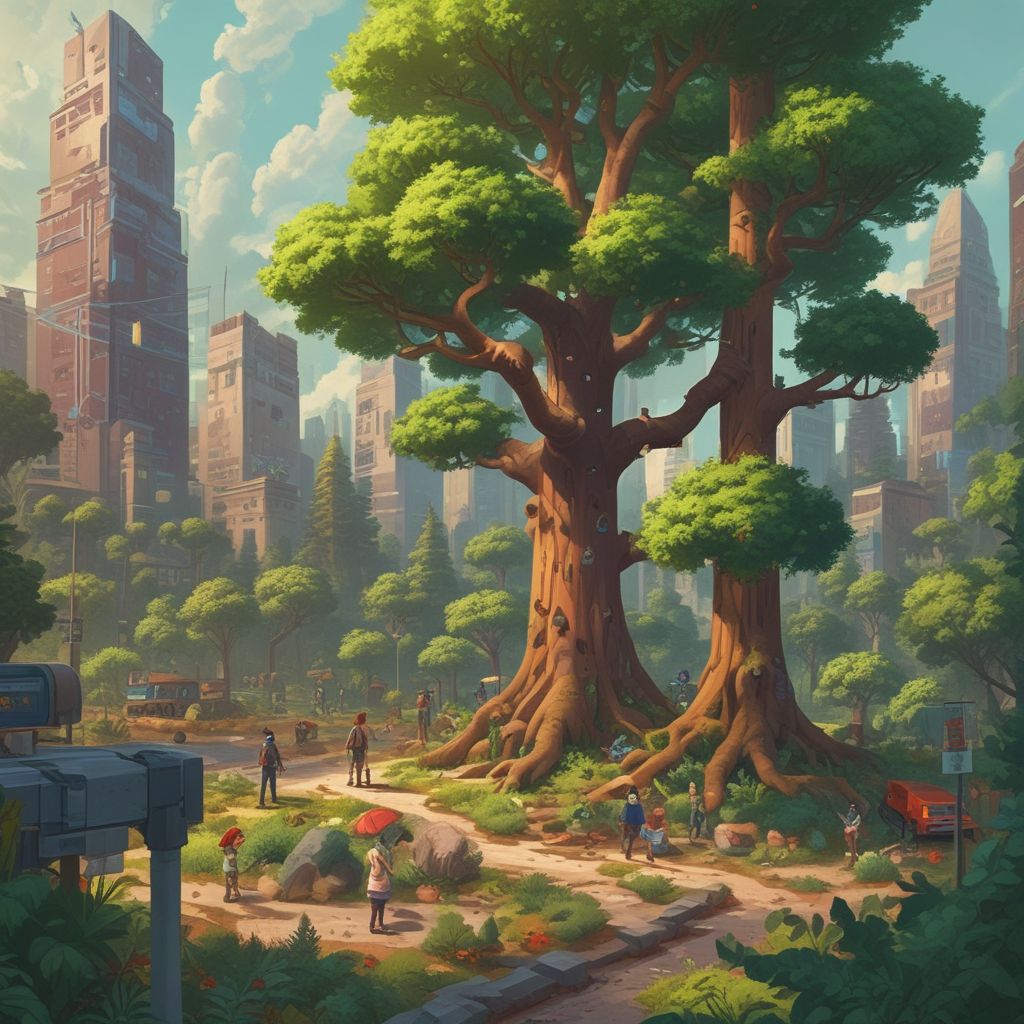The Rise of Eco-Conscious Gaming
The gaming industry has long been criticized for its environmental footprint, from energy consumption during production to the e-waste generated by outdated hardware. However, a growing number of developers are now leveraging their platforms to promote sustainability. VR games, with their ability to create hyper-realistic environments, are uniquely positioned to educate players about ecological challenges while fostering a sense of connection to nature. Titles like Green Horizon and Forest Forge have gained traction for their focus on reforestation, allowing users to experience the consequences of deforestation and the rewards of nurturing ecosystems in a controlled, digital space.
These games often incorporate real-world data, such as the types of trees native to specific regions or the carbon sequestration potential of different species. By grounding virtual experiences in ecological science, developers are creating a bridge between entertainment and education, making environmental issues more relatable and actionable for players.
From Virtual to Real: The Mechanics of Incentivized Reforestation
Many VR games now feature systems that directly link in-game achievements to real-world environmental impact. For example, players might earn rewards for completing virtual tree-planting tasks, which are then translated into actual donations to reforestation projects. Some platforms even allow users to track the growth of real trees planted in their name, creating a sense of accountability and long-term engagement.
- Tree-planting partnerships: Games collaborate with environmental organizations to plant trees based on player activity.
- Carbon offset programs: Virtual actions contribute to real-world carbon reduction initiatives.
- Community challenges: Players compete in global or local reforestation campaigns, fostering collective action.
This integration of virtual and physical worlds is redefining the role of gamers as contributors to environmental causes. It’s no longer just about saving a digital character or completing a quest—it’s about making a measurable difference in the real world.
How VR Games Inspire Real-World Action
Virtual reality’s immersive nature allows players to experience ecosystems in ways traditional media cannot. By simulating the process of planting, nurturing, and observing the growth of trees, these games create a visceral understanding of the time and care required for reforestation. This emotional engagement is a key driver for encouraging players to take similar actions in their own communities.
One of the most compelling aspects of VR reforestation games is their ability to visualize the long-term benefits of tree planting. Players can witness how a single sapling evolves into a thriving forest over time, reinforcing the idea that individual efforts can lead to significant environmental outcomes. This mirrors the real-world impact of urban reforestation projects, which often take years to show results but are crucial for combating climate change and biodiversity loss.
Case Studies in Virtual Reforestation
Several VR games have already made waves in the environmental space. Grow Wild, for instance, lets players manage a virtual forest, making decisions about which species to plant and how to combat invasive threats. The game’s developers partner with local conservation groups to ensure that every virtual tree planted corresponds to a real one in deforested areas. Similarly, ReForest VR offers a simulation of urban tree-planting, teaching players about soil preparation, species selection, and the importance of biodiversity in city environments.
These games are not just educational tools—they’re also social catalysts. Players often share their progress on social media, sparking conversations about environmental issues and inspiring others to participate. Some




